Putty is one of the most famous and commonly used finishing materials. With its help, they perform surface leveling, priming, sealing seams and even finishing decoration. The new generation of PVA-based putty radically differs from previous compositions in a number of operational parameters that determine the specifics of the application of this coating.
What is PVA?

This tool is widely known as an adhesive, but in relation to putty, we should talk about a variety of composition based on polyvinyl acetate, diluted with special additives. Unlike stationery PVA, construction modifications are distinguished by a higher adhesive ability, strength and resistance to external influences. Accordingly, PVA-based putty of this type has several improvedqualities that make it possible to fasten materials that are rough and poorly interacting with foreign structures. The adhesive contains special plasticizers with thickeners and solvents, as well as stabilizing ingredients, due to which, in particular, the reliability of laying the mortar, its water resistance and setting speed after application.
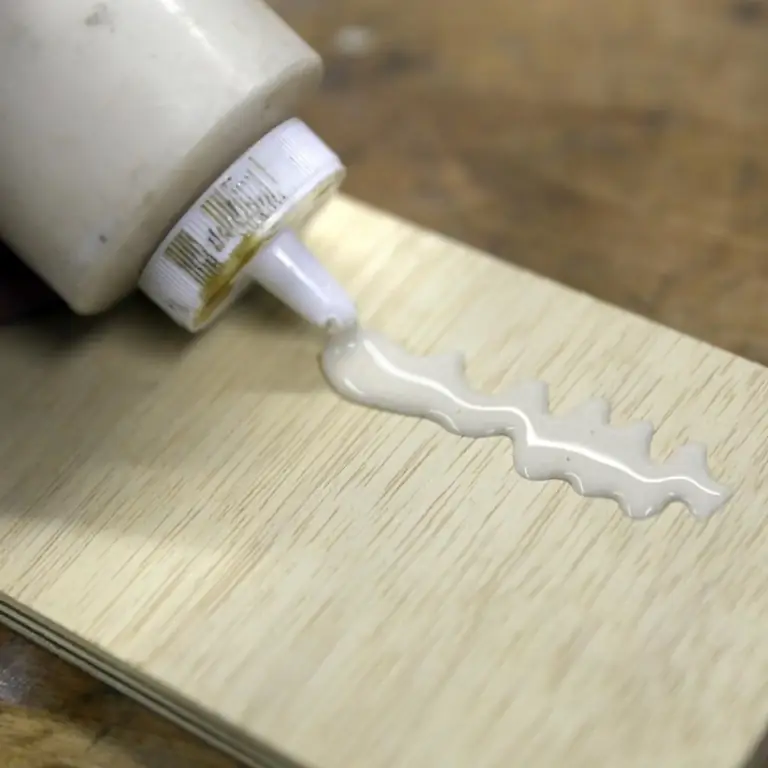
Purpose putty with PVA
Despite the fact that the function of bonding two foreign materials is auxiliary to conventional putty, in this case it is the main focus. The performance of tasks such as leveling and priming on concrete and brick surfaces is implemented more efficiently thanks to the binder component. The intended purpose of polyvinyl acetate putty is still the interior decoration of surfaces that are planned to be further treated with whitewashing, painting or other topcoats. More importantly, an increase in strength indicators allows the use of PVA-based putty for floors, including those made of wood. Restoration of load-bearing logs or boards using polyvinyl acetate allows you to level the geometry of the flooring, as well as eliminate pockets of biological damage, without resorting to a complete replacement of the coating. Another thing is that it should be a special composition of adhesive putty with additives that provide biological restoration of the structure.
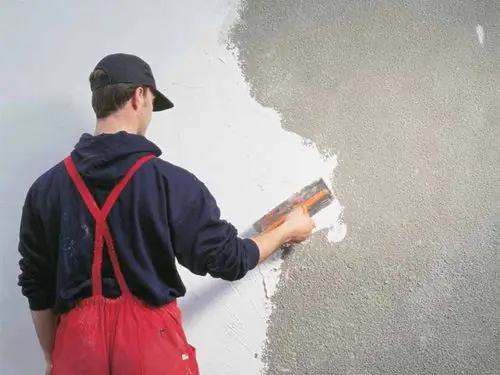
Homemadeputty with PVA
Spackling agents today perform many tasks that require special combinations of ingredients in the composition, which confirms the same example with wood strengthening. Therefore, the fashion for individual recipes of these compositions is also spreading with the expectation of a specific set of components and, at the same time, the exclusion of unnecessary additions. Also, do not forget that ready-made putty based on PVA is not cheap - about 25-30 rubles / kg. Obviously, a homemade solution will cost less.
So, what exactly can you do with your own hands from polyvinyl acetate? The simplest option is to combine PVA with chalk, which will act as a filler. In its pure form, this combination can be used as a finishing putty, and for rough work covering large areas, it should be diluted with sawdust or shavings. Another recipe involves adding a water-soluble varnish to the above composition. A feature of this mixture will be higher elasticity, which is more suitable for finishing delicate surfaces.
Preparing the surface for applying putty
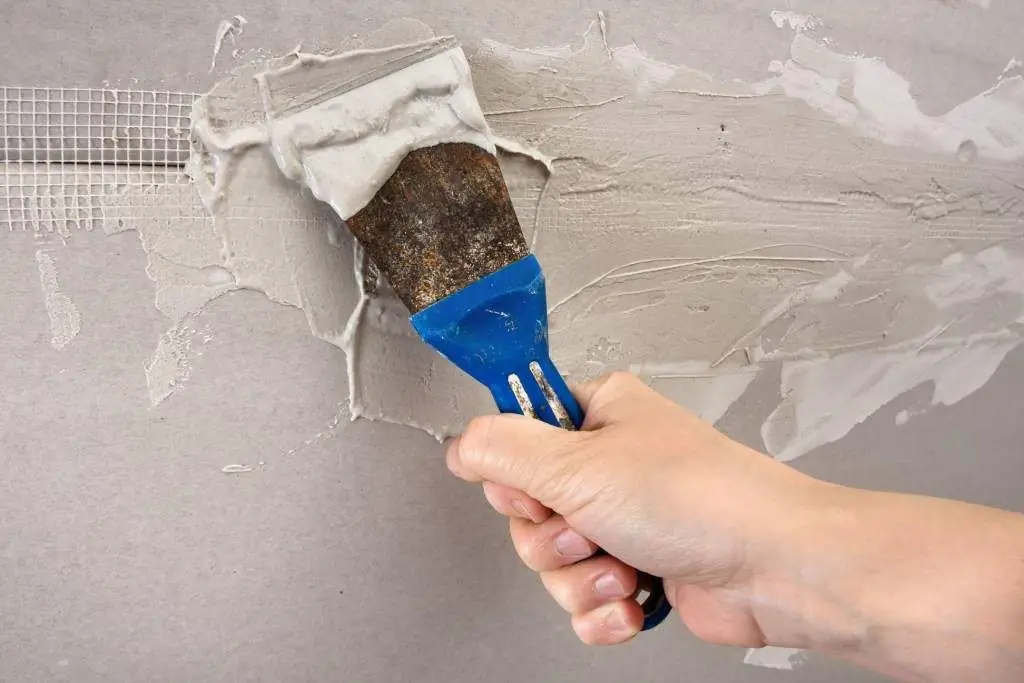
Special preparations must be made before starting work. These include the removal of deep defects with cracks, dents and chips, abrasive cleaning of dust and removal of grease stains. Moreover, at the very beginning it will be useful to carry out troubleshooting of the surface with the identificationweak areas that can provoke the collapse of the old coating under external influence. Further restoration of the structure is carried out with cement-based plaster or special primers. It is not advisable to use PVA-based putty for such tasks, since it is a more delicate and point-based means of preparing the surface for further decorative finishing work. As for stubborn greasy and oily stains, they can be de alt with with acetone, white spirit or other organic solvents.
Applying technique
The main working tool is a spatula, and it will be useful to have a wide and narrow model at hand. The first will help in the finishing of large areas, and the second will facilitate the patching of defective areas. The technique for applying PVA-based putty is similar to laying plaster, but adjusted for a smaller volume. Also, the mass is distributed over the entire working area with uniform movements. If bumps or dents still remain, they must be completely filled. Newly opened cracks are recommended to be sealed with a mounting gun using polyurethane foam or sealant. The optimal putty layer is 0.5 mm. It takes about 24 hours to fully develop strength for subsequent finishing steps at this thickness.
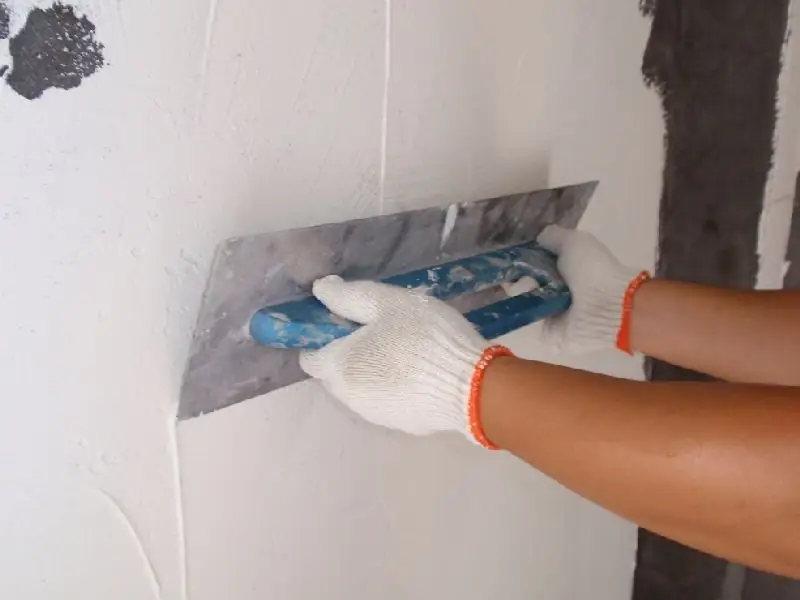
Material advantages
The main advantages of putty with PVA glue include highplasticity, versatility and many positive effects that appear already during the operation of the finished cladding. The material retains the original structure of the coating, not succumbing to abrasion and other mechanical influences. As noted in the reviews of PVA-based putty, there are also practical advantages for plasterers. In particular, the material does not get dirty, does not smell and easily fits into a given shape, without causing inconvenience when distributing the mass on the surface.
Material imperfections
The inclusion of polyvinyl acetate in the composition of traditional putty provided it with several weak points. These include the following:
- Restrictions on use. Such coatings are not recommended for use in rooms where high humidity prevails or it is planned to lay tiles.
- Long drying time. As already noted, PVA-based putty goes through a polymerization period of about a day, while traditional formulations can dry out in a few hours, which reduces the time for production of work activities.
- High requirements for preparation. PVA glue is extremely sensitive to the state of the surface on which it is applied. Therefore, it will be possible to achieve high adhesion only if the working base is thoroughly cleaned.
Conclusion
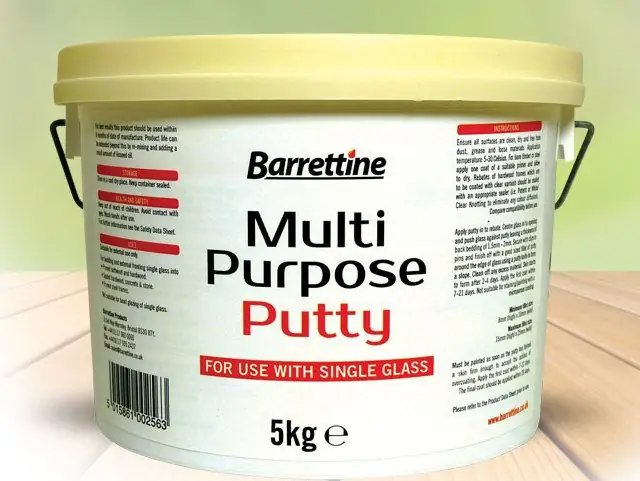
The practice of using PVA glue in construction and finishing works is not new, but in combination withfilling and leveling mixtures, it began to be widely used only a few years ago. During this time, special groups of this material were formed. For example, PVA-based latex putty is recommended especially for interior delicate work, which, in particular, is optimally suited as a substrate for paint and wallpaper. If the emphasis is on the protective qualities of the walls, then preference should be given to acrylic adhesive putties, and for outdoor use there is a special segment of facade mixtures based on the same polyvinyl acetate. By the way, the advantages of additives accompanying PVA components are especially pronounced on the surfaces of the exterior cladding of a house, where emphasis is placed on a hard setting between coatings and good adhesion.






